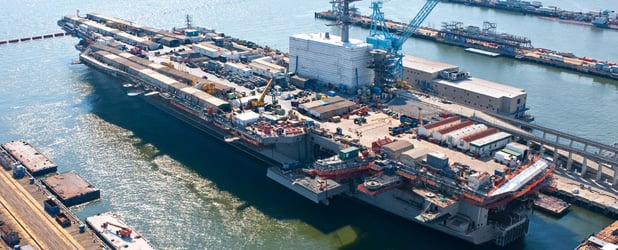BY RICHARD ROSSOW
The Indo-Pacific is shrinking, and there are few remaining uncontested waters. New powers are rising, and not all support the ideals of rule of law and transparency. Strengthening the U.S.- India maritime security partnership will be of increasing importance in coming decades.
Fortunately, our countries’ security relations are also on the rise. India and the United States have expanded the scope and depth of their discussions and exercises. Cooperative agreements that seemed near-impossible a few years ago have been signed, with others on the near horizon. New Delhi has access to a much higher level of U.S. defense technology. And India has taken other visible steps to become a core security partner anchoring the South Asia region. But the “easy wins” are fewer, and some hard choices lie ahead. Our shared interest in a free and open Indo-Pacific must shape our next phase of cooperation.

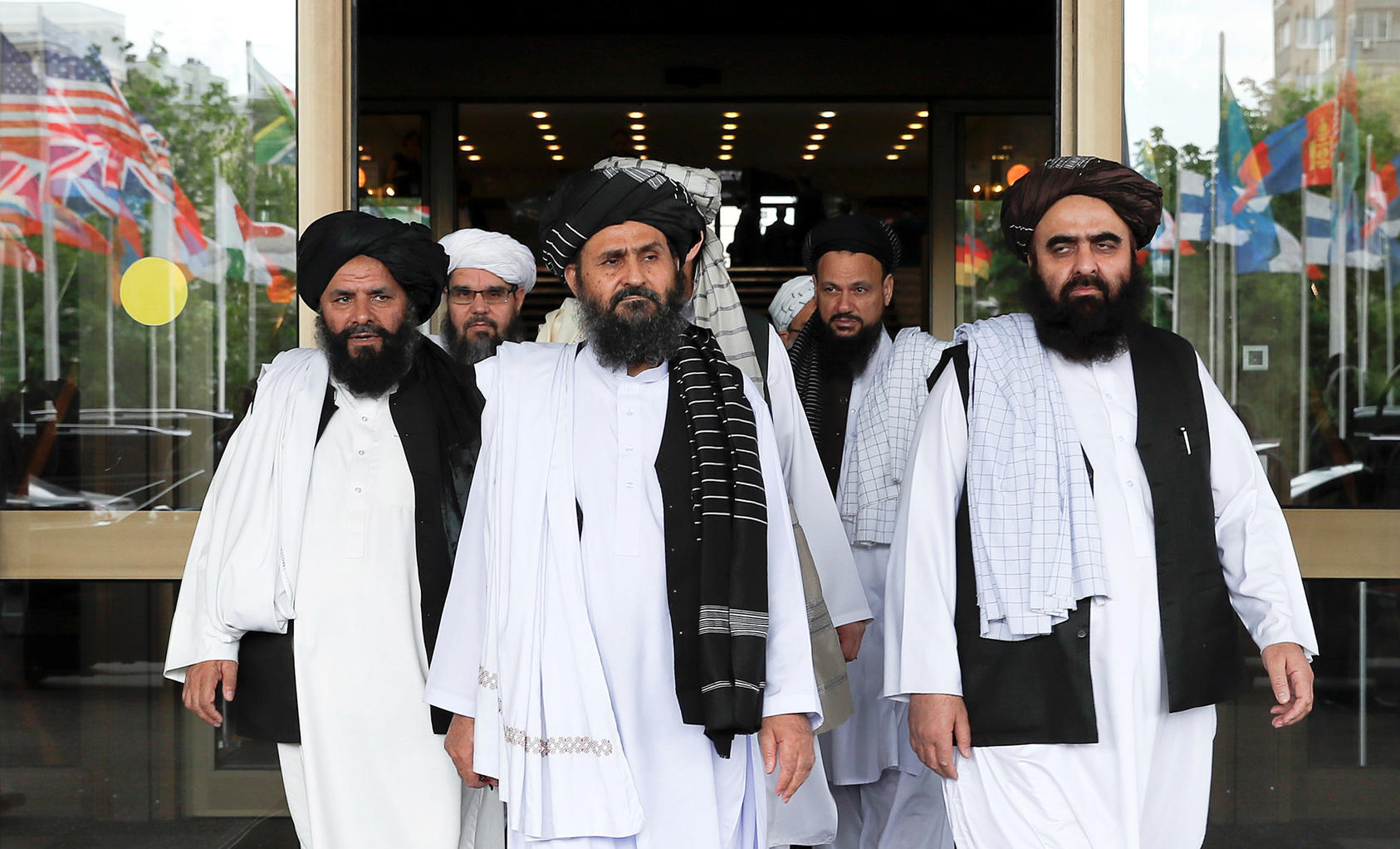




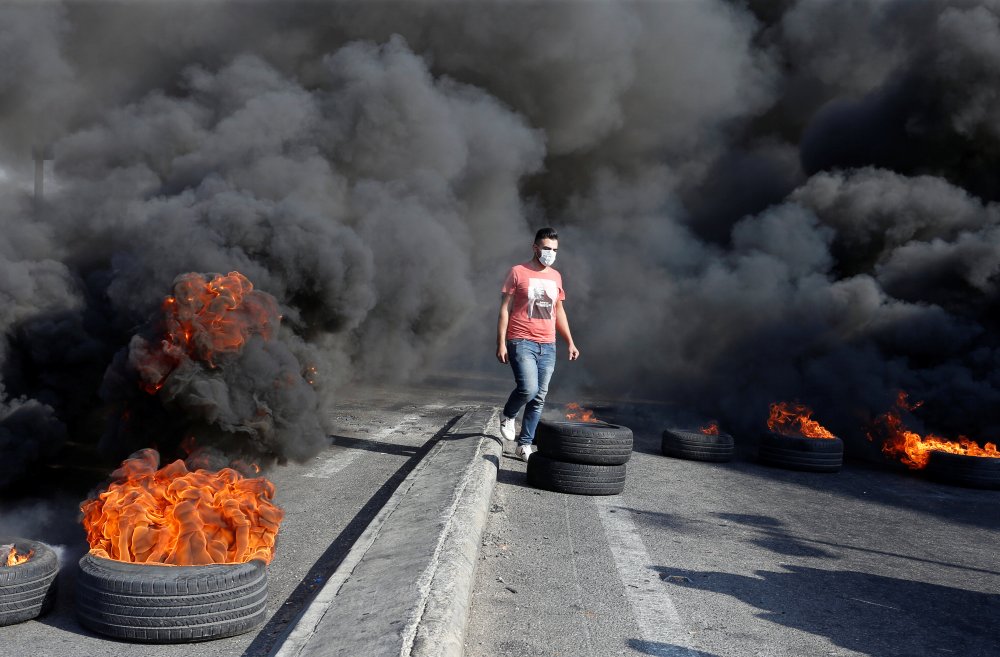

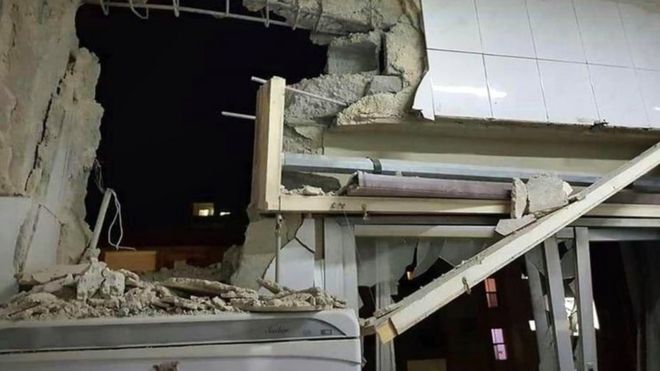



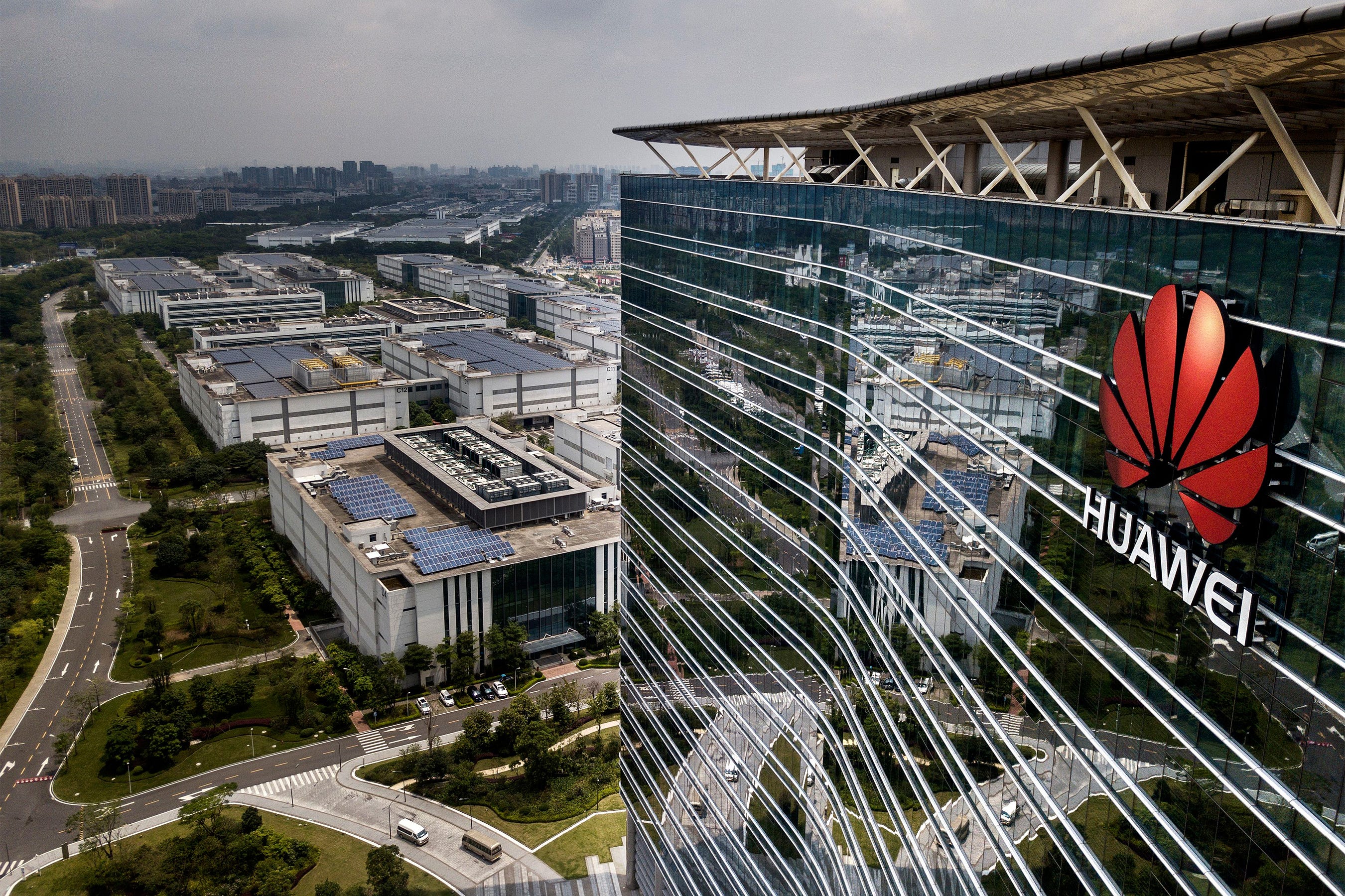
/arc-anglerfish-arc2-prod-mco.s3.amazonaws.com/public/HD4FKKDAFFGR3GFYNHLQFXNEYY.jpg)
/arc-anglerfish-arc2-prod-mco.s3.amazonaws.com/public/H24UPV752NC6BFP23BSAAP3EQE.jpg)

